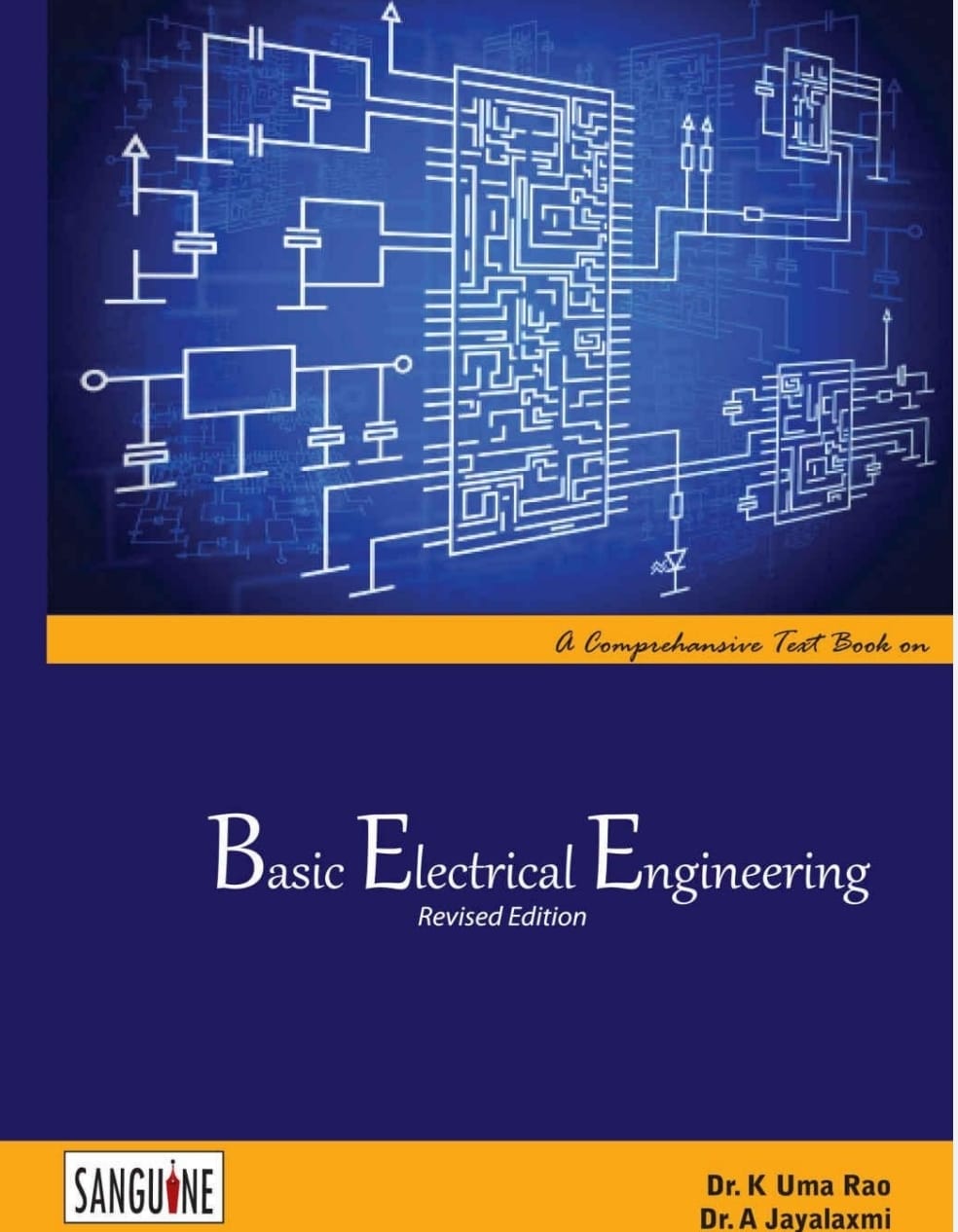Basic Electrical Engineering
This book is primarily intended for a course in Basic Electrical Engineering. A strong need was felt for such a book, which would address the needs of Indian Students hailing from different backgrounds across the country. The book is written in two parts. Part A covers the important topics of circuit analysis and basic instrumentation. Part B deals with the concepts of Electrical Machines.
Part A has six chapters. Chapter 1 of Part A , introduces the student to the two fundamental laws of Electrical Engineering which form the premise for all other topics, namely Ohm’s law and Kirchhoff’s laws. Chapter 2 deals with the fundamental concepts in Electromagnetism—definitions of fundamental quantities, Biot-Savart’s law, Faraday’s laws, Self Inductance and mutual Inductance. Chapter 3 covers the various methods of circuit analysis—nodal analysis, mesh analysis, superposition theorem, Thevenin’s theorem, Norton’s theorem, maximum power transfer theorem, reciprocity theorem, star-delta transformation—applied to simple dc circuits. Chapter 4 introduces the students to the fundamentals of ac circuits. Solution of simple series and parallel ac circuits is presented.
Chapter 5 presents concepts of three phase circuits. Solution of balanced three phase star and delta connected networks is dealt with in this chapter. The chapter also discusses the various methods for measurement of three phase power. Chapter 6 exposes the student to common electrical appliances and electrical engineering practices we come across in day to day life.
The chapter covers the topics of methods of electrical wiring, choice of cables, simple wiring schemes, working principle of fuses, principle of MCBs, earthing methods, common lighting sources, estimation of energy requirement for simple loads, causes and prevention of electric shocks. Finally, chapter 7 covers basic concepts of electrical measurement. Moving coil and moving iron instruments , dynamometer wattmeter and energy meter are discussed in detail.
DOWNLOAD :- HERE
